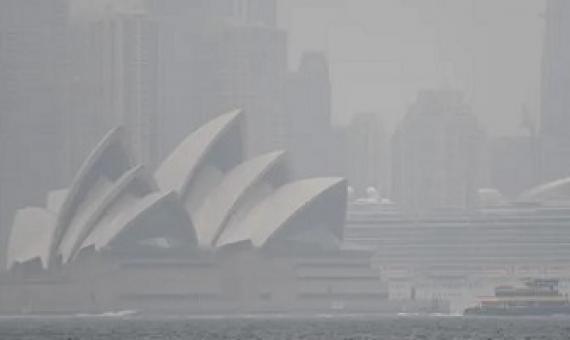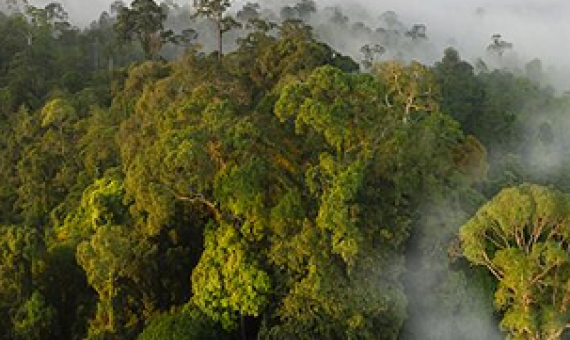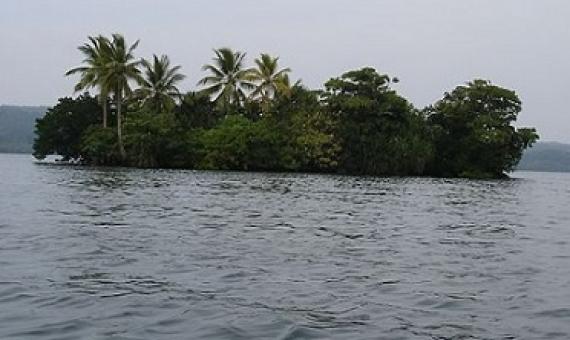We need new ways of understanding how people depend on nature in our efforts to protect biodiversity. A new thesis from Lund University in Sweden suggests that we rarely take into account people's place-based, varied and often emotional relationships with nature.
Climate change and warming seas are transforming tropical coral reefs and undoing decades of knowledge about how to protect these delicate and vital ecosystems. Many of the world's coral reefs are seeing biodiversity plunge in the face of repeated coral bleaching events.
These guidelines focus on the often complex links between biodiversity and sport, and highlight that sports events can also benefit biodiversity.
Fifty years ago, some scientists weren’t sure civilization would survive the century. It did—and there’s been a huge surge in human well-being...The gains have been accompanied by losses, though.
The COVID-19 pandemic sweeping across the world is a crisis of our own making.
On the International Day of Forests, which falls on Saturday, UN chief António Guterres is calling for 2020, which has been referred to as a “nature super year”, to be the year that the world turns the tide on deforestation and forestry loss...This year’s International Day highlights the con
The commonness of rarity: Global and future distribution of rarity across land plants
A key feature of life’s diversity is that some species are common but many more are rare. Nonetheless, at global scales, we do not know what fraction of biodiversity consists of rare species. Here, we present the largest compilation of global plant diversity to quantify the fraction of Earth’s plant biodiversity that are rare. A large fraction, ~36.5% of Earth’s ~435,000 plant species, are exceedingly rare. Sampling biases and prominent models, such as neutral theory and the k-niche model, cannot account for the observed prevalence of rarity.
Navigating transformation of biodiversity and climate
This planet is the home of life, born into existence and transformed over 3.8 billion years into a continuous tapestry, covering all possible places from the deep ocean floors to mountain summits. Ours is a bioclimatic world in which every organism, from bacterium to blue whale, inseparably contributes to the climate and surface conditions of Earth. This tapestry, of which we are a part, is unraveling, with its delicate patterns and motifs denigrated to near invisibility, disappearing at a rate and magnitude that rivals that of the great mass extinction events of the past (2, 3).
A proposed update to the global treaty governing plant and animal life on Earth calls for nearly a third of the planet to be designated as protected by 2030.
Experts convened by IUCN have issued a statement on how World Heritage contributes to the Post-2020 Global Biodiversity Framework. This includes recommendations specific to World Heritage and its relevance to biodiversity.














